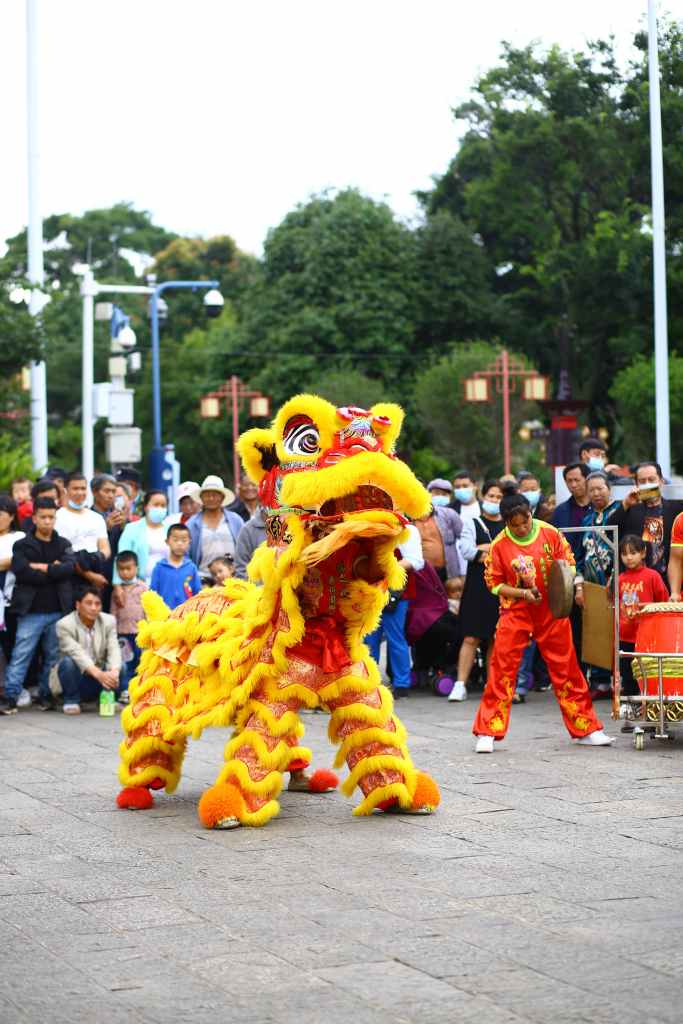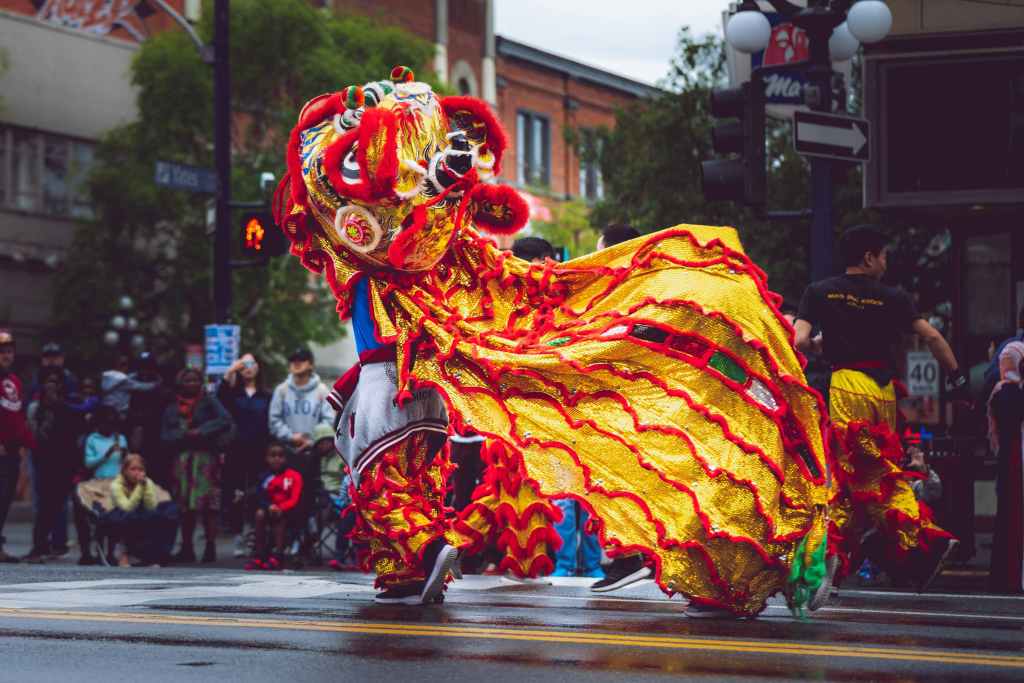Invent a holiday! Explain how and why everyone should celebrate.

If I was given the opportunity to invent a holiday, it would be one celebrating the heroes, mythical creatures and legends of ancestral folklore and their significance to the respective regions. One thing that I really admire about African and Caribbean culture is our spectacular story telling; African and Caribbean people are some of the most brilliant storytellers. While on the plantations, many Enslaved Africans would employ several story telling techniques including ceremonial rituals, dance, music, and playing of drums as a form of leisure and recreation. Not only that, but story telling was also used as a form of resistance against the inhumane practices of chattel slavery. These stories also gave Enslaved people hope that they could one day overthrow the unpropitious system and champion their freedom.
As a child growing up in Jamaica especially in the rural areas, we were often told stories about duppies which were evil spirits of the dead that lived among huge cotton trees; One notable creature or duppy in Jamaican folklore is the rolling calf. This horrifying, demon-possessed cow would roam the street at night frightening its victims. The rolling calf is said to be the evil spirit of a wicked butcher; when this butcher dies, his spirit would go on to live in the body of a cow. This demon-possessed cow would chase its victims at night with fire blazing from its eyes and nostrils, this cow is also said to be heavily draped with big, iron chains. When it’s approaching, one would normally hear the clanking of the chains. To escape a rolling calf one must throw rice grains along its path. Interestingly, upon doing further research I discovered that the rolling calf could also take on the forms of a cat, dog, pig or goat. That was incredibly shocking ’cause I thought that the rolling calf as the name suggests is just another crazy cow.
Other duppies or mythical creatures within the Caribbean region include Old Higue or Old hag derived from West Africa which is the spirit of a wicked witch who craves and feeds on human flesh especially that of babies. The Three Foot Horse and Whooping Boy its rider is another dreadful duppy with origins in plantation slavery with the Whooping Boy being the spirit of a slave boy. What I found rather interesting and quite terrifying about this duppy was the fact that even though the horse had only three legs it was a dangerously fast runner and could outrun anything in its path, and just like the rolling calf, this creature too had fiery, red eyes. Another mythical creature is the River Mumma or mermaid particularly associated with Jamaican waters. Anansi or the trickster spider is another well-known animal in Jamaican folklore and is popularly known for his conniving and mischievous ways. Similarly to other creatures, Anansi has its roots in West Africa and is an Ashanti word which means spider. Anansi stories are not only told in Jamaica and West Africa but in other Caribbean territories such as Belize, in parts of the United States, and in Latin America.
I’ve also been fascinated by Chinese culture and dragons. I would read books about these different cultures and what really drew my attention were the polychromatic photos of the various festivals and dancers parading in their dragon costumes. My fascination of cultures and desire to travel led me to download this penpal app called ‘Slowly’, there I met my Chinese penpal by the name of Deng, whom I’ve had the privilege to exchange virtual stamps with and share folkstories from our cultures. On one of those stamps she sent was the picture of a dragon. In Chinese culture the dragon is a symbol of good fortune along with the phoenix and the unicorn. Dragons as she mentioned signified imperial power in ancient times when the emperor would call himself the True Dragon Son of Heaven.


On another stamp she sent were illustrations of the Tanabata Festival which is the Chinese Valentine’s Day. The seventh day of the seventh lunar month is the Tanabata Festival which celebrated the old folk legend of the cowheard and weaver girl. She shared that the granddaughter of the ancient emperor of heaven, the weaving girl, was good at weaving cloth and weaving rosy clouds to the sky every day. She hated this boring life, so she secretly went down to the earth and married a cowherd in the west of the river to live a life of men farming and women weaving. The incident angered the emperor of heaven, who took the weaver girl back to the heavenly palace and ordered them to separate. They were only allowed to meet on the magpie bridge on July 7 of the lunar calendar every year. Their steadfast love moved magpies. Countless magpies flew in and built a magpie bridge across the Tianhe with their bodies, so that the cowherd and the weaver girl could meet on the Tianhe.
Essentially, our dynamic folktales and the legends that make them exhilarating and memorable serve as a fundamental aspect of our culture and for that reason must be preserved and cherished for future generations.
In the words of the Honorable Marcus Mosiah Garvey, “A people without the knowledge of their past history, origin and culture is like a tree without roots.”
In celebrating this special holiday, there will be many festivals and parades with floats and music. This holiday will be called Folklegend Day and will be celebrated on the 15th day of November of each year. Also, what will make this holiday even more special are the street performers dancing in their mesmerizing costumes.
As a culture lover myself, I would definitely agree with this….. I would but it with the emancipation – independence celebration in August though. Very insightful post!
LikeLiked by 1 person